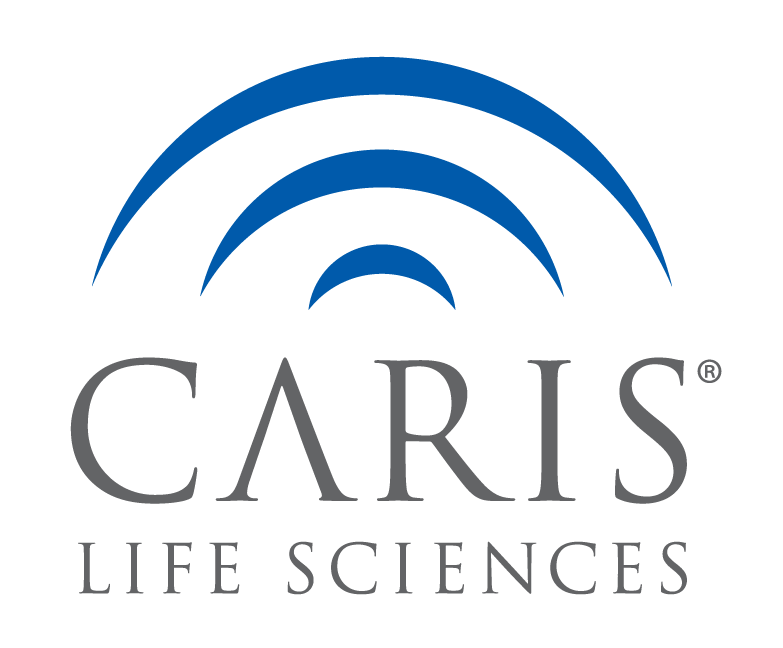Background: Recent data suggest that patients with liver metastases (mets) are resistant to immune checkpoint inhibition (CPI) independent of historical biomarkers of CPI efficacy, raising the question of whether liver mets may be associated with an immunosuppressive tumor microenvironment (TME). We investigated the immune TME of hepatic and non-hepatic mets compared to primary tumors in advanced urothelial carcinoma (UC) tissue samples.
Methods: NextGen sequencing (NGS) of DNA (592-gene/whole exome) and RNA (whole transcriptome) from UC tissue samples (N=4746) was performed at Caris Life Sciences (Phoenix, AZ). Immune cell infiltration was estimated by RNA expression deconvolution (MCP-counter). PD-L1 expression (SP142: immune cell stain ≥ 5%; 22c3: CPS ≥ 10) was assessed by immunohistochemistry (IHC). Deficient mismatch repair/high microsatellite instability (dMMR/MSI-H) was tested by IHC/NGS. Real-world overall survival (OS) information was obtained from insurance claims data and Kaplan-Meier estimates were calculated. Mann–Whitney U and X2/Fischer-Exact tests were applied where appropriate, with p-values adjusted for multiple comparisons (Benjamini-Hochberg). *P<0.05.
Results: UC samples included 3158 (66.5%) from primary site, 1344 (28.3%) from non-hepatic mets, and 244 (5.1%) from hepatic mets. Compared to primary tumors, hepatic mets had decreased CD8+ T and B cells (0.55* and 0.29-fold*) but increased monocytic lineage cells (1.23-fold*), while non-hepatic mets had increased CD8+ T, NK, and monocytic lineage cells (1.28*, 1.27*, 1.31-fold*) with no difference in B cells (1.05-fold). Hepatic mets had decreased expression of integrin LFA-1/ITGAL (0.77-fold*), as well as hyaluronic acid (HA) receptor CD44 and synthase HAS2 (0.61 and 0.61-fold*), compared to primary tumors, whereas expression of these genes and LFA-1 ligand ICAM1 was increased in non-hepatic mets (1.08 to 1.30-fold*). Hepatic mets had increased expression of immunosuppressive cytokines CCL2 and CXCL2 (1.72* and 2.32-fold*) and decreased expression of pro-inflammatory cytokines CCL5 and CXCL10 (0.63* and 0.79-fold*) compared to primary tumors. PD-L1+ IHC was less frequent in hepatic mets compared to primary tumors and non-hepatic mets. TMB-High (≥10 mut/MB) and dMMR/MSI-H rates were similar across tumor sites. Hepatic mets (N=40) were associated with worse OS from the start of pembrolizumab compared to non-hepatic mets (N=177) (19.6 vs 4.4 months, HR 3.01, 95% CI 1.91-4.75, p<0.0001).
Conclusions: This is the largest analysis of hepatic and non-hepatic met TMEs compared to primary tumor in advanced UC. Lower PD-L1 expression and differences in immune TME composition in liver mets may contribute to CPI resistance. Further analysis is warranted to determine underlying molecular mechanisms resulting in a TME that reduces response to CPI for patients with UC and liver mets.

